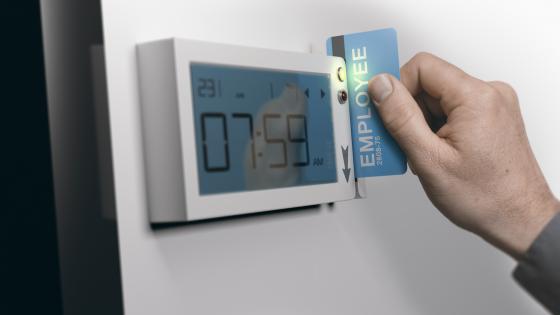DP8254 Structural Development Accounting
We construct and estimate a unified model combining three of the main sources of cross-country income disparities: differences in factor endowments, barriers to technology adoption and the inappropriateness of frontier technologies to local conditions. The key components are different types of workers, distortions to capital accumulation, directed technical change, costly adoption and spillovers from the world technology frontier. Despite its parsimonious parametrization, our empirical model provides a good fit of GDP data for up to 86 countries in 1970 and 122 countries in 2000. Removing barriers to technology adoption would increase the output per worker of the average non-OECD country relative to the US from 0.19 to 0.61, while increasing skill premia in all countries. Removing barriers to trade in goods amplifies income disparities, induces skill-biased technology adoption and increases skill premia in the majority of countries. These results are reverted if trade liberalization is coupled with international IPR protection.


